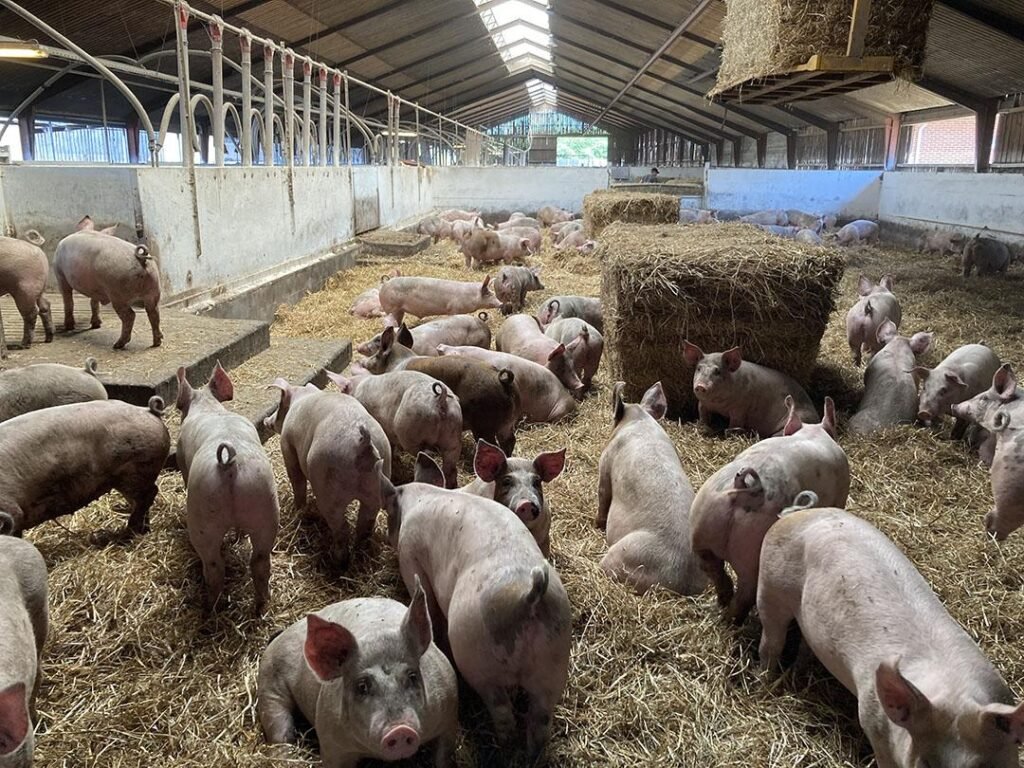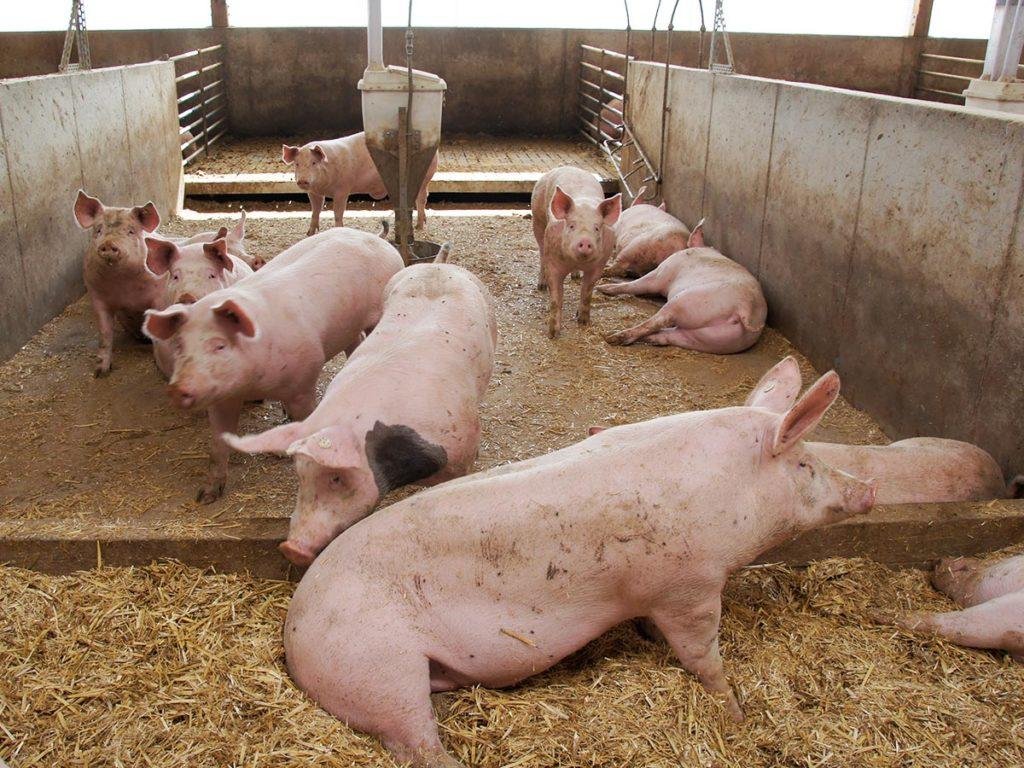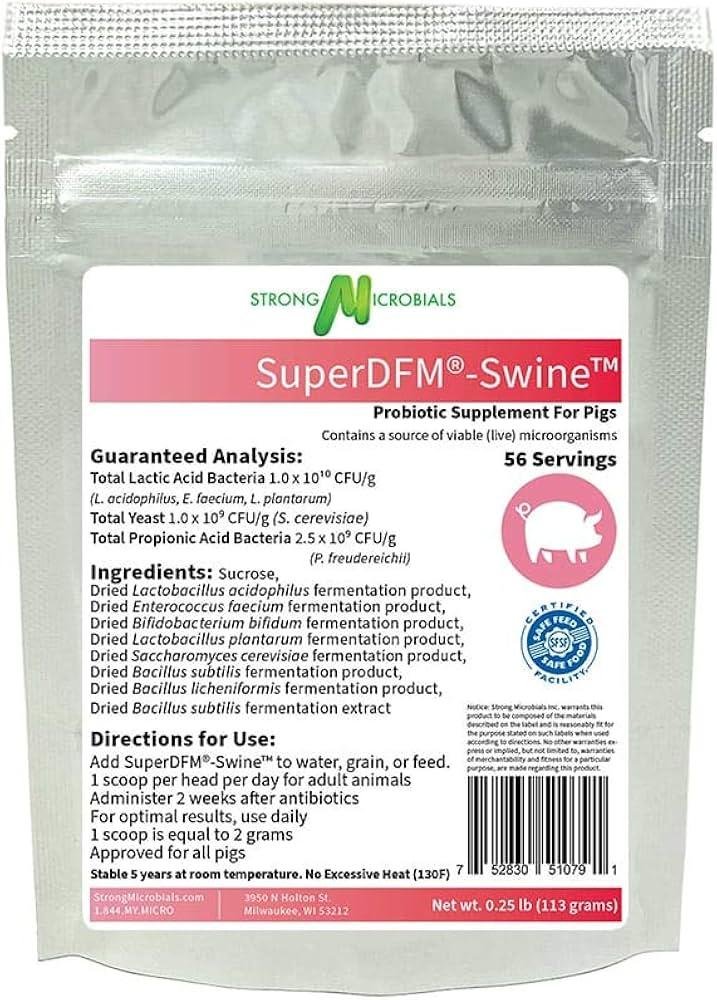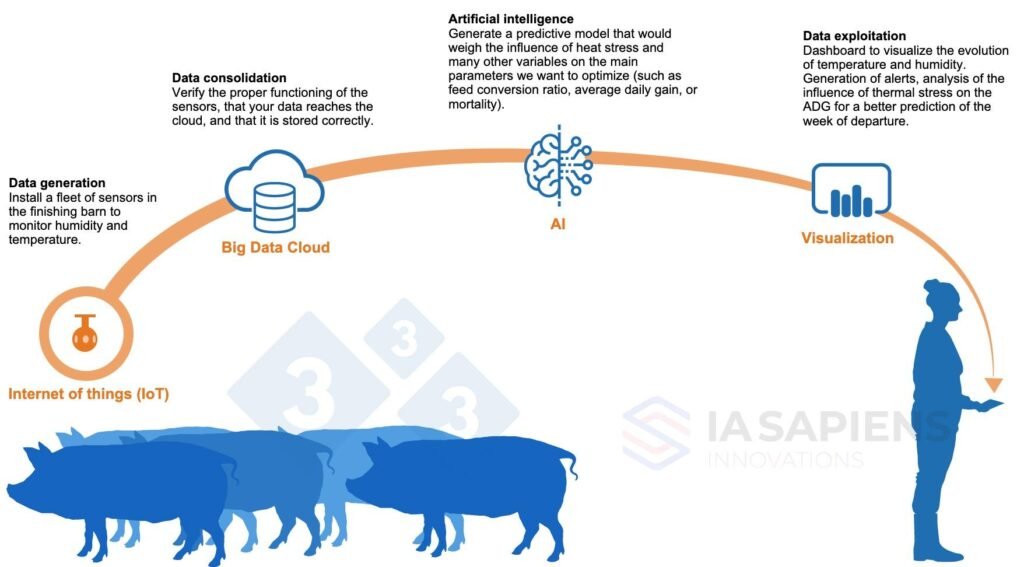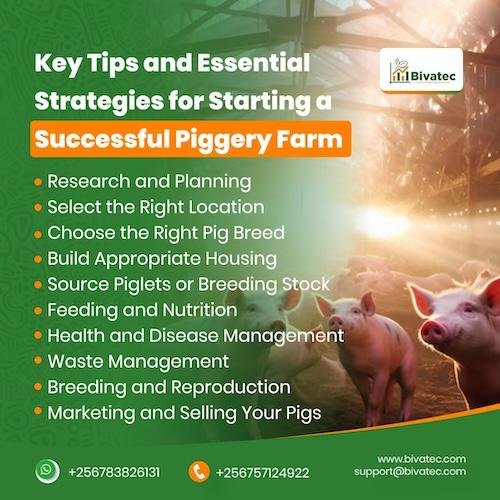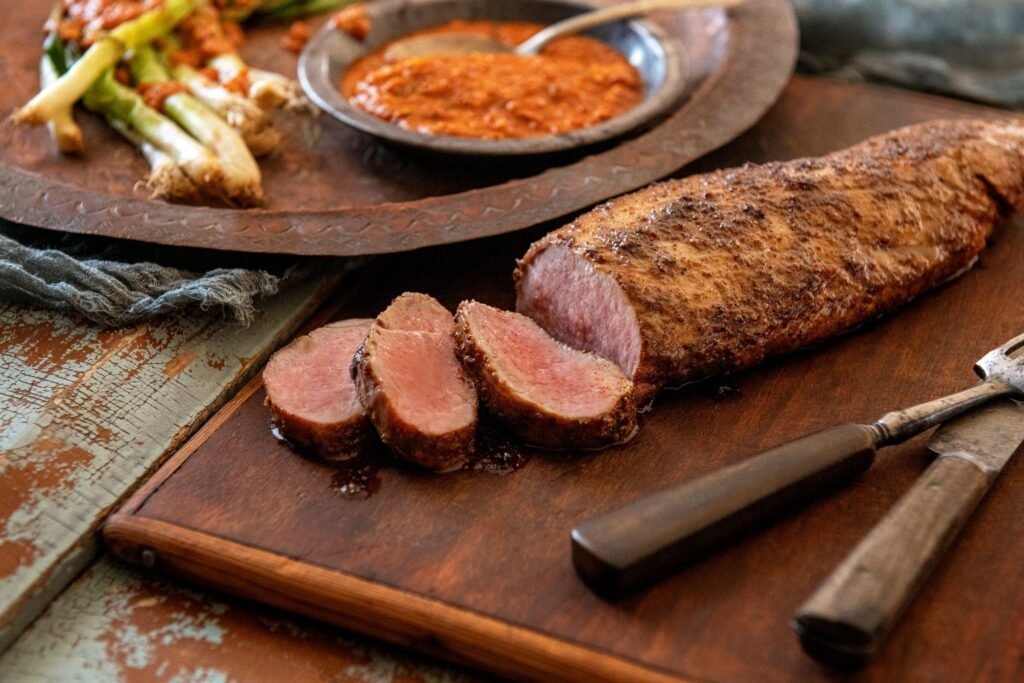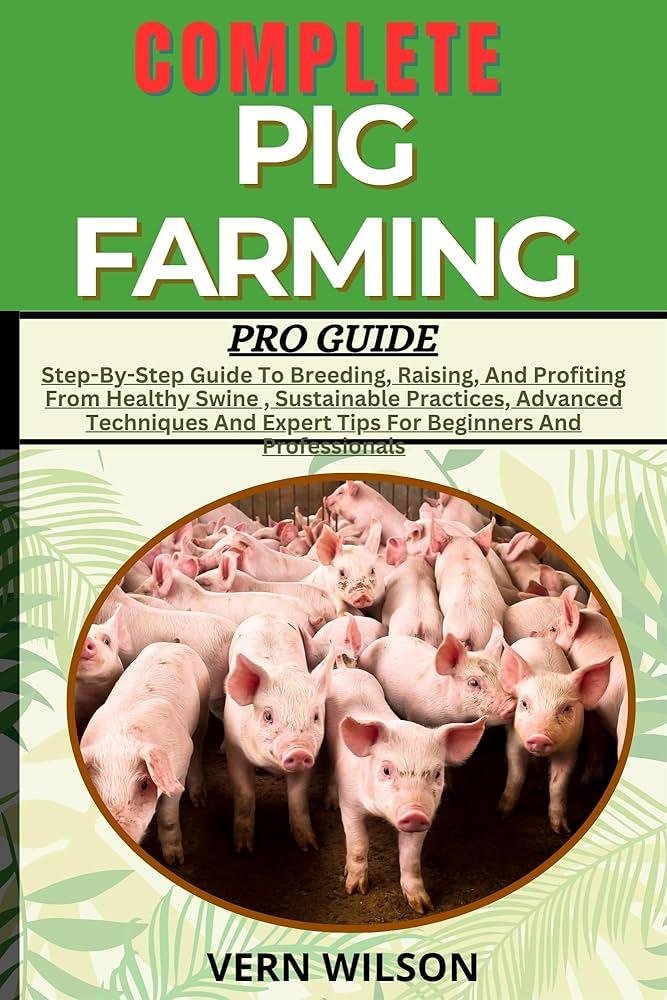If fortune favors the prepared, pig farming stands as clear evidence: those who adapt, thrive. While 2024 brought both turmoil and innovation, several unexpected truths surfaced—some counterintuitive—that capable producers are wise to carry into the coming year. Navigating animal agriculture is no cakewalk; as the winds of market sentiment twist and technology deepens its reach, old clichés like “the devil’s in the details” take on new shades. Below are four key lessons from 2024 that promise to elevate your approach—though not always in ways you’d expect.
1. Rethinking People Management: From Workforce to Community
Though swine production conjures images of advanced genetics and precise feed formulas, one crucial aspect emerged with new clarity last year: pig farming is very much a people-centered business. With labor shortages persisting and seasoned farmhands choosing alternative careers at a swift decline not entirely predicted by mainstream analysts, fostering genuine team cohesion matters even more than revamped ventilation systems.
Managers noted tangible yield differences between sites where workers felt heard versus treated as interchangeable parts—a peculiar insight considering efficiency was once king above all else. A shift towards investing time in crew development (instead of relying exclusively on financial incentives) meant some operations battled less employee burnout and spotted herd health issues sooner than their tech-forward but less collaborative peers. Creating an environment where folks grow together has become unexpectedly central—almost more challenging than sorting out ration modifications.
Strange though it seems now, many began treating onboarding procedures less like checklists and more like open dialogues or informal apprenticeships, sometimes abandoning traditional linear training models halfway through when results plateaued or contradicted intuition.
2. Simplicity Over Sophistication: When Less Is More Than You Think
Countering decades of advice urging farmers toward hyper-optimization through countless KPIs or software dashboards for every minor process metric—the simplest solutions often yielded far-reaching returns during times of uncertainty. For example: structured pen layouts (with solid partitions to reduce aggression), basic temperature maintenance routines using wall-mounted thermometers checked twice daily by hand instead of wireless monitors subject to unreliable Wi-Fi signals—all led some high-performance farms past fancier competitors who spent weeks debugging automation scripts instead.
Anecdotes spread across producer circles regarding success after reverting back from complicated feed mixing apps to color-coded batch cards tacked up near storage bins, allowing staff members with minimal technical experience smoother workflow continuity without bottlenecks. This idea that sophistication can sometimes be an Achilles’ heel wasn’t universally applicable but prompted reflection—even among staunch advocates for digital transformation.
It’s perhaps similar—in spirit if not scale—to how jazz musicians break form deliberately for emotional effect; improvisation trumps formulaic adherence just often enough that skeptics take note.
3. Harmonizing Speed And Deliberation: Mastery In Slowing Down To Move Faster?
One discovery echoed with an odd resonance throughout progressive operations last year: there were moments when intentional deceleration created outsized productive gains. Counterintuitively perhaps (because urgency is bred deep within animal agriculture), taking a breath before barn expansion decisions or double-checking health intervention protocols often propelled herds toward greater long-term stability—even if it meant weathering short-term frustrations among shareholders hungry for quarterly metrics improvement.
Speed does matter though—it’s hardly about favoring inertia over momentum entirely; rapid response remains essential during outbreaks when diseases linger like storm clouds over spring fields—but seasoned managers learned that well-timed pauses minimized errors stemming from unchecked haste.
In this way, chasing speed alone proved too slippery a tactic; only balance between swift adjustments when conditions demanded them and measured planning insulated enterprises against cascading mistakes nobody could afford this year.
Come to think about it—and perhaps contradictorily so—it might actually have made sense at times just sticking with a single gear rather than constantly toggling speed.
But maybe not always?
4. The Strong Shall Survive—But What Does Strength Mean Now?
Traditionally equated with scale—the biggest barns win!—strength is being redefined under newer paradigms shaped partly by sustainability concerns and evolving societal expectations around humane animal care practices. Open-air housing designs allowing natural behaviors took root beyond niche markets thanks largely due media focus on taste quality improvements linked directly back towards welfare-centric methods (not merely marketing gloss).
Furthermore,
Some successful producers adjusted identification strategies midyear—not tracking herds solely based upon output figures but incorporating resilience against sudden biosecurity threats into performance reviews—counting adaptability itself as core strength rather than just tonnage moved annually.
Precision livestock tools entered broader rotation yet their adoption didn’t fully crowd out wisdom gleaned via hands-on husbandry knowledge passed across generations—a paradox experts still debate vigorously even now.
Unexpected Shifts & Assignations
New housing floor plans intersect oddly alongside wearable sensors promising early detection logic,
but legacy skills such as recognizing subtle stress signals visually persist in value quietly beside emergent algorithms.
Piglets benefited most strikingly wherever inspired synthesis occurred between solid management practice basics
and judicious experimentation meaning expertise doesn’t always follow an algorithmic ladder upward;
sometimes wisdom circles oddly around itself before breaking free for daylight progression forward—or so some are starting
to suspect entering another unpredictable season ahead.

